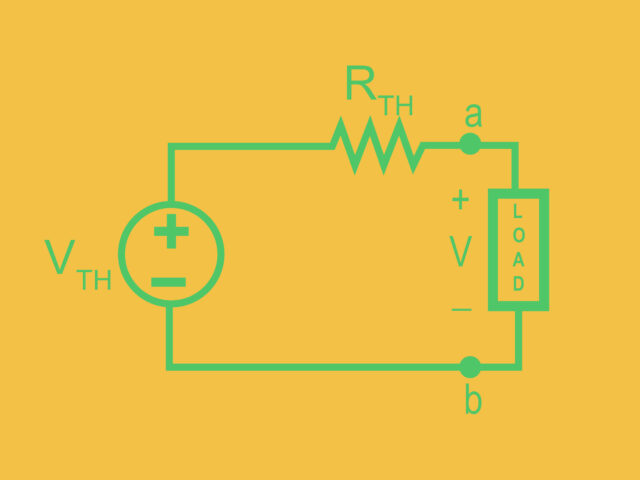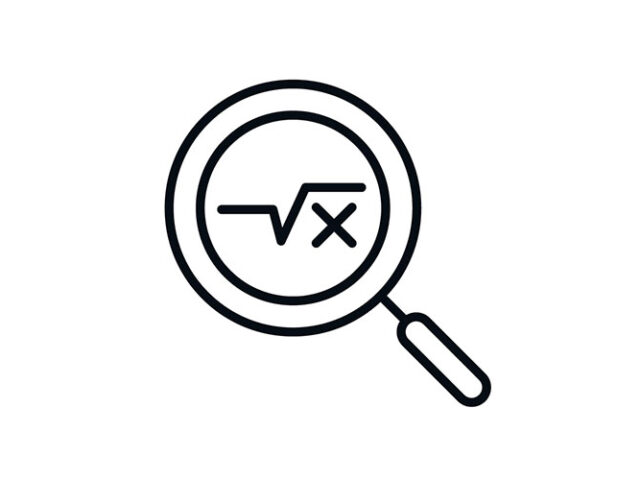Module aims
This module aims to acquaint students with the basics of designing combinatorial and sequential logic circuits. It serves as a foundation for understanding digital system design principles, which are widely utilised in contemporary computer-aided design tools like VHDL, introduced in the second year of the program. Proficiency in these skills can open doors to various career prospects in electronic systems design, including opportunities in fields such as mobile technology, computer design, and silicon chip design.
Module content list
The module will also cover the following contents:
- Introduction to number systems such as binary, hexadecimal, octal
- Boolean Algebra – AND, OR, NOT, exclusive OR functions, combined functions, logical dual and de morgans theorem, boolean theorems, manipulating logic expressions
- Combinational logic circuit design – The truth table, minterms, canonical sum-of-products, don’t care terms, NAND, NOR, cost of implementation, algebraic logic reduction, Karnaugh map (implicants, prime implicants, essential prime implicants), multi-level logic, logic functions (multiplexer, demultiplexer, decoder, adder), hazards (static, dynamic, function, essential), reduced dimension maps (map-entered variables), Quine-McCluskey logic reduction (prime implicant table), maxterms, product of sums, mixed logic
- Sequential logic circuit design – bistable devices (latches and flip-flops), sr, d-type latch, master-slave, positive edge-triggered flip-flop (D-type and JK), sequential functions, shift register, twisted ring counter, linear feedback shift register, binary counter
- Finite state machines: synchronous design – architecture, Mealy and Moore state machines, logic synthesis (state diagram, state table, state reduction, state assignment, next-state and output functions), state machine diagram, metastability (Setup and Hold), implementation of simple FSM using field programmable logic device
Module delivery
The module is delivered primarily through lectures and supported by additional work in laboratories, tutorials, and e-learning courses.
Module outcomes
On completion of the digital system design level 1 course, students will be able to:
- Develop elementary combinatorial and sequential logic circuits
- Enhance Boolean logic expressions for optimisation
- Construct finite state machines
- Execute uncomplicated digital circuit implementations on circuit boards
- Conduct both analogue and digital measurements on digital circuits using virtual instruments operated on a PC




